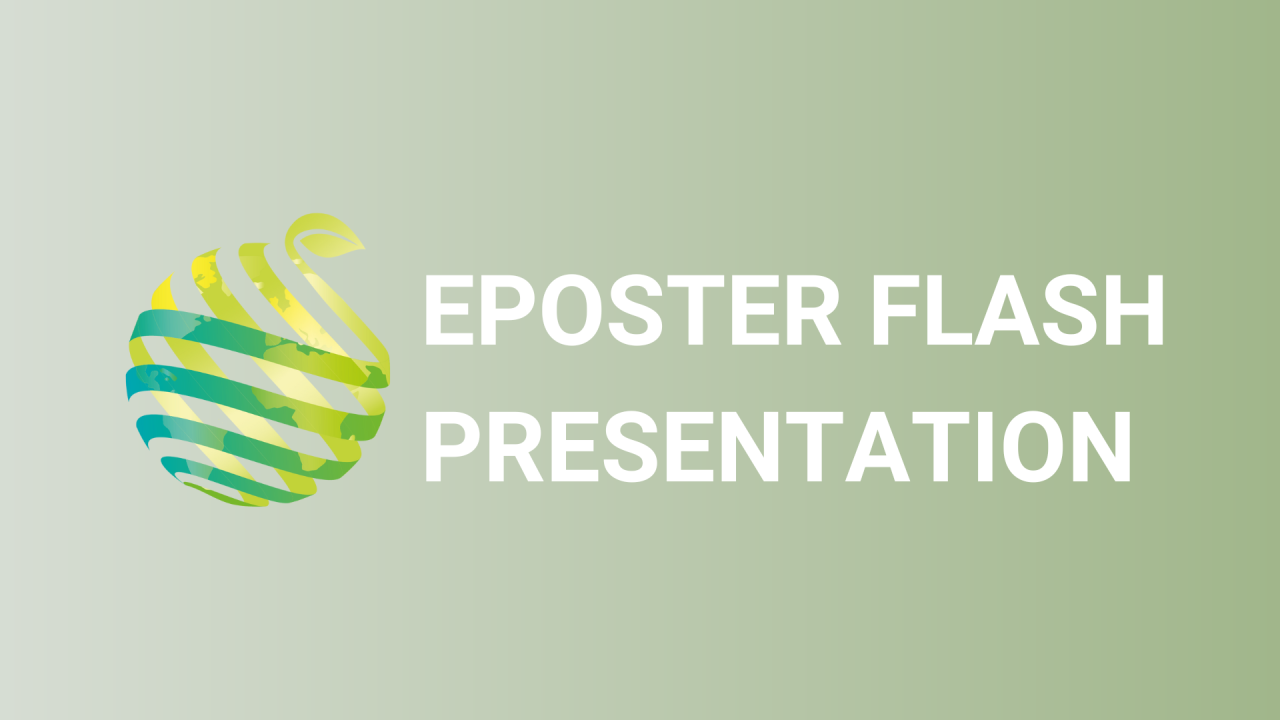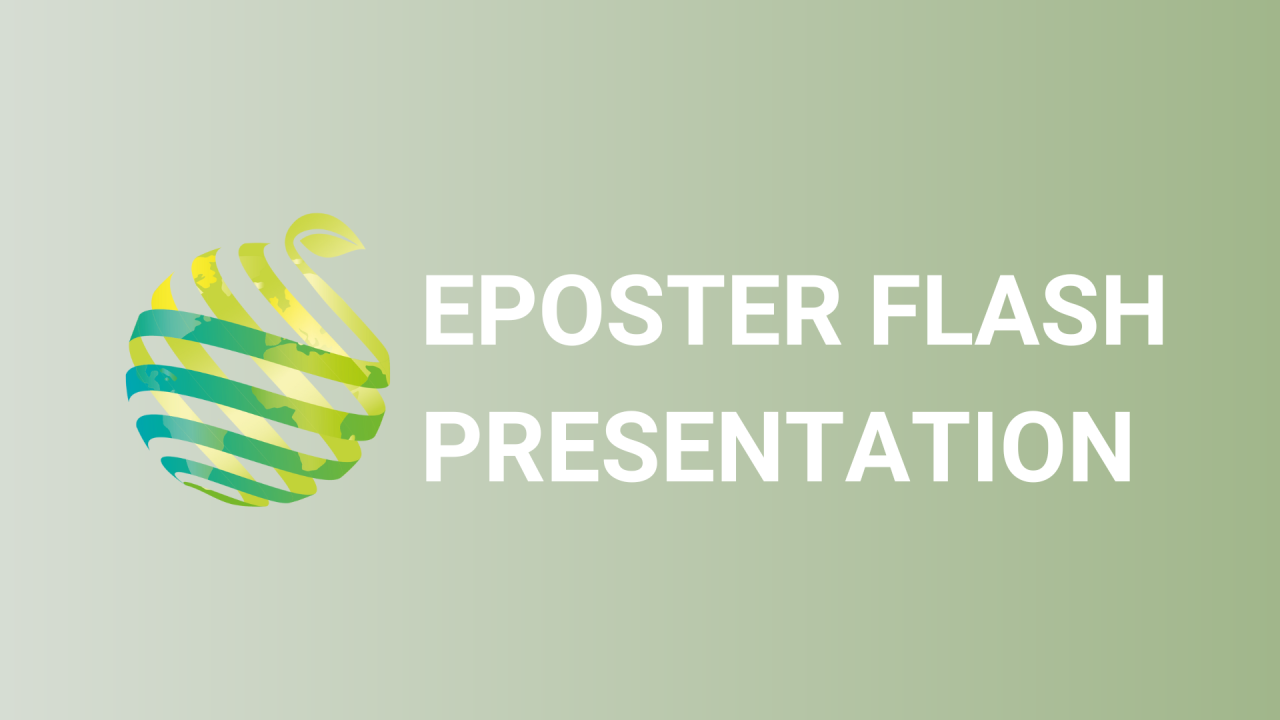

S18 - Session P2 - Precision nutrient management utilizing UAV multispectral imaging and artificial intelligence
Information
Authors: Yiannis Ampatzidis *, Lucas Costa, Ute Albrecht
Nutrient management is critical in specialty crop production as it directly influences crop health and productivity. To determine the nutrient status of a plant and correct potential deficiencies, regular analysis of leaf nutrient concentrations may be necessary to assess plant responses to environmental factors and management practices accurately. Plant nutrient analysis requires the chemical analysis of leaf samples in a specialized laboratory, which is expensive and prone to human error resulting from inconsistencies and bias during leaf sampling and during the analysis process. To overcome these limitations, a novel methodology to determine leaf nutrient concentrations of citrus trees by using unmanned aerial vehicle (UAV) multispectral imagery and artificial intelligence (AI) was developed. A study was conducted in four different citrus field trials in Florida, USA, to develop and evaluate the AI model. Each trial contained either 'Hamlin' or 'Valencia' sweet orange scion grafted on more than 30 different rootstocks. Leaves were collected and analyzed in the laboratory to determine macro- and micronutrient concentration using traditional chemical methods. A UAV equipped with a multispectral camera was utilized to collect spectral data from tree canopies in five different bands (red, green, blue, red edge and near-infrared). A gradient boosting regression tree model was trained to determine plant nutrient concentrations from the collected spectral data. The developed AI model was able to determine macronutrients (nitrogen, phosphorus, potassium, magnesium, calcium, and sulfur) with high precision (less than 9% and 17% average error for the 'Hamlin' and 'Valencia' trials, respectively) and micro-nutrients with moderate precision (less than 16% and 30% average error for 'Hamlin' and 'Valencia' trials, respectively). This novel method can help overcome some of the limitations of the traditional method of leaf nutrient analysis or complement it. A similar technique can be applied to other crops and production systems.